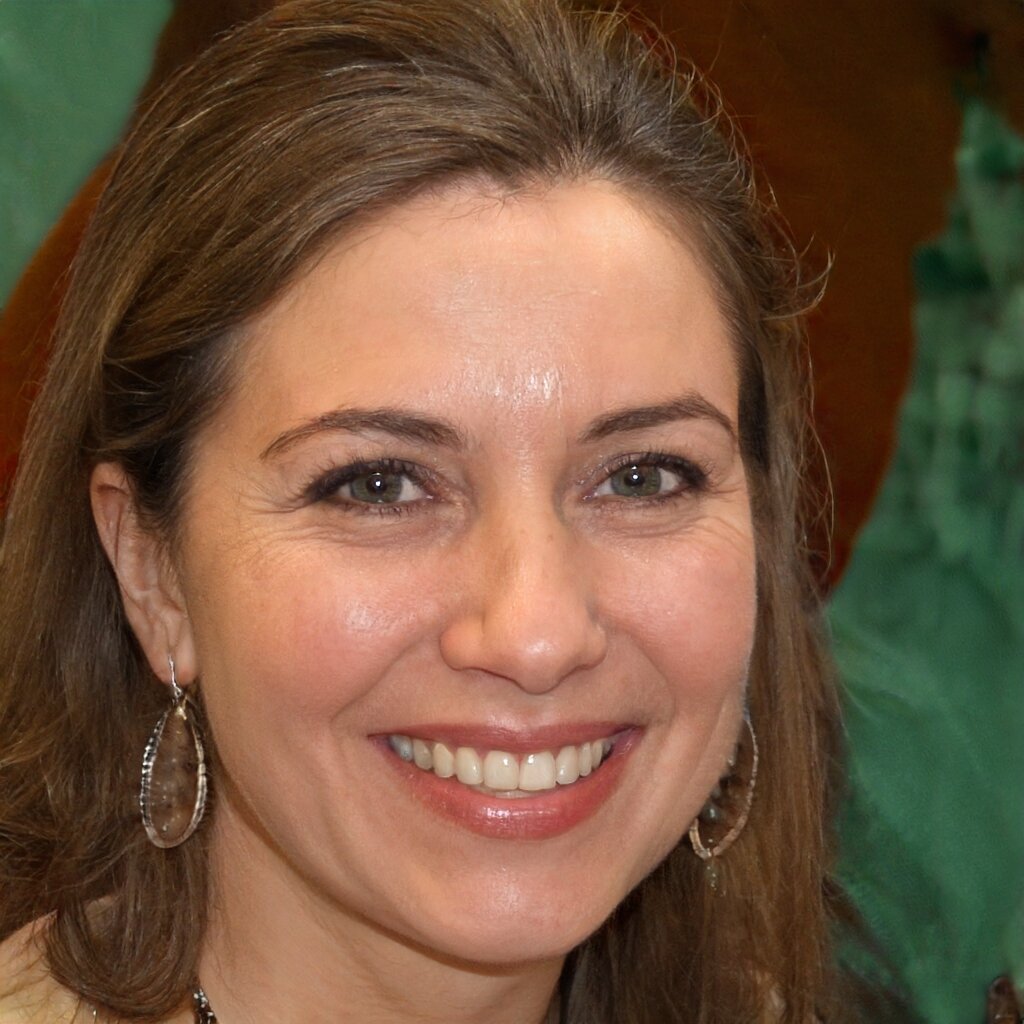Decorations
How to Decorate Home For Christmas and Holiday Destinations in Georgia


Whether you’re looking for Holiday destinations or are just looking for a little help decorating your home for Christmas, this Georgia Christmas decorating guide is for you! This guide will help you find holiday destinations and places to decorate your Georgia home for Christmas. Find great ideas for holiday decor in Georgia and places to shop and visit in Georgia.
Georgia Home for Christmas
When it comes to decorating for Christmas in Georgia, you have several options. Coastal Georgia Botanical Gardens has drive-thru Christmas light shows, and Historic Bamboo Farms hosts an annual Christmas home decorating contest. Richmond Hill, GA hosts a contest to determine the best animated yard or best use of inflatables. A number of beautifully decorated homes can be found on Southbridge Boulevard off Dean Forest Road.
Holiday destinations in Georgia
Savannah hotels are great for Southern Christmas. The Marshall House, for example, features a famous pineapple tree in its lobby and hosts nightly wine and cheese gatherings. Consider staying in one of Savannah’s newest hotels while you’re there for the holiday season.
Callaway Gardens is the largest Christmas celebration in Georgia and boasts the most impressive Christmas light display. National Geographic has named Callaway Gardens’ Christmas light display as one the top in the world. It features more than eight million twinkling bulbs and 16 classic holiday themes across 2,500 acres. Visitors can take a stroll through the enchanting lighting display and enjoy holiday music.
If you’re in the area, consider visiting Helen, Georgia, a German-inspired town in North Georgia. It’s a picturesque holiday adventure amidst the Blue Ridge Mountains, with delicious food, unique gifts, and plenty of outdoor activities to keep the family busy. Don’t miss the town’s annual German Christmas parade, with Santa riding in a Bavarian sleigh.
If you’re not decorating your home for Christmas in Georgia, you should visit one of the many festivals and markets in the area. There are also live music and other celebrations in the area. At the Dahlonega Christmas Festival, you’ll find local vendors, holiday food, and crafts.
Savannah is another place where you can experience a traditional Christmas market. Each street is lined with Christmas trees decorated with bright red and white lights. In addition, shops and art studios decorate with wreaths and greenery. The City Market will host a Holiday Open House in 2021 with 500 luminaria, carolers, Santa Claus, and 500 other performers.
Jekyll Island is a great place to visit if you don’t feel like decorating your home for the holidays. This 100-year-old resort features Spanish moss-covered oak trees and a festive Christmas tree parade. There’s also ice skating and mini-golf with holiday themes.
Georgia Christmas Decorations
Georgia has many places that you can decorate the halls and celebrate Christmas. From real-life Christmas trains to beachy golf-cart parades, you’ll be sure to find a holiday event to suit your family’s tastes. You’ll find activities for all ages, and the state is known for its oranges.
A southern Christmas is best celebrated in a small town, and Georgia has plenty of small towns that celebrate the holiday in style. The towns are charming and take pride in their unique events and traditions. You’ll be sure to find a holiday tradition that you’ll never forget!
Clayton GA is a great place to celebrate Christmas. It hosts the Festival of Trees every year and also has a parade with Jolly Ol’ St. Nick as well as festive floats. These events are renowned for their quality and attract large crowds. The town’s Christmas season kicks off with the Christmas in the Mountains Celebration & Lighted Parade.
In North Georgia, you may want to visit Rock City’s Enchanted Garden of Lights. It has over one million LED Christmas lights and a variety of Christmas scenes. It has four realms and more that 30 holiday scenes. The Enchanted Garden of Lights is a national sensation that’s been recognized by the Southeast Tourism Society. The festival was also featured on ABC’s The Chew!
Hi there! I’m Kate, the author of The Pretty Party Shoppe. When I’m not busy blogging about everything party, you can find me throwing a shindig or two myself. I believe every event should be uniquely beautiful and reflect the personality and style of the hostess.
So whether you’re throwing a bridal shower, baby shower, housewarming party, birthday party, or any other kind of celebration, The Pretty Party Shoppe has got you covered!
Decorations
How to Decorate Home For Christmas in Arlington Texas
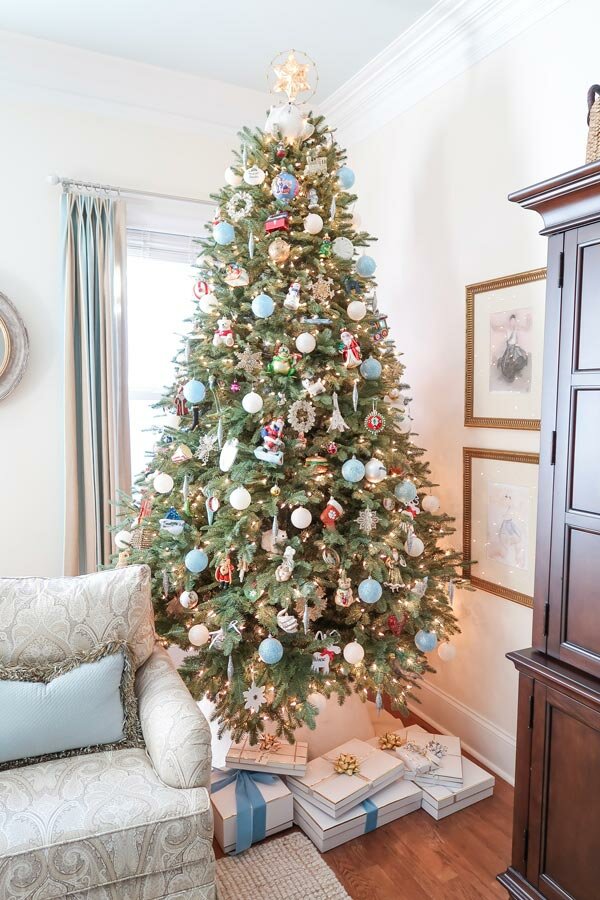

Holiday decorations are one of the most popular ways to welcome the Holidays in Arlington Texas. You can decorate your home with beautiful lights and displays by putting up a Christmas tree or hanging stockings. A landscaping service can help you add holiday spirit to your yard.
Holiday light displays
Arlington, Texas, hosts a number of neighborhood holiday light displays. One of the most popular is Interlochen Holiday Lights, which has been inviting passersby for over 40 years. It is a stunning display that is sure to inspire holiday decorating ideas.
Arlington’s Interlochen Lights Display features more than 200 homes decorated and is the largest North Texas holiday light display. The event is free and takes place every evening from 6:00 to 11:00 on December 25. Police officers will be available to help navigate the neighborhood and manage traffic.
Arlington also has Dancing Lights at Texas Motor Speedway, which is a Christmas light display. This display, which features more than 1 million lights, spans 30 acres. It is accompanied by holiday music at 88.7 FM. This display is free to view and will be on display for the next three years.
Dallas Arboretum’s 12 Days of Christmas exhibit features elaborate outdoor vignettes that depict scenes from classic Christmas songs. Throughout the season, the Arboretum will offer special programming, such as Santa visits on select dates. The DeGolyer House also has an “Artistry of the Nativity” exhibit. Dallas Arboretum will be bringing back their Christmas Village this year.
While you’re strolling through the Dallas Arboretum, you can enjoy a holiday light display. This spectacular display features more than eight thousand LED lights, including more than eight hundred animated characters. The show lasts for about half an hour and is synchronized to music. The performance includes live performances of Christmas carols.
Parade of holiday lights
If you’re looking for a family-friendly event, the annual Arlington Holiday Lights Parade is a must-see. This holiday event features festive holiday decorations and reindeer games. It also features spectacular tree lighting. There will also be food and drink vendors. There’s also a Santa photo opportunity before the parade begins and after the tree is lit. Weather and other factors may cause the parade to be modified.
Arlington is getting into the holiday spirit with ten great events planned. Six Flags Arlington will host its 36th Annual Holiday in the Park. It will feature over 2 million lights and two brand new holiday shows. Even a tearoom is available!
There are many neighborhoods where you will find amazing Christmas light displays. Between Preston Rd. and Coit Rd. is the Deerfield neighborhood. Coit Rd. This neighborhood is well-known for its many lights displays, including a huge Christmas rubber ducky and penguins. It’s a great place for the whole family to celebrate the holiday season.
Another holiday activity you can do is check out the Texas Motor Speedway’s Gift of Lights. This drive-thru light show is the biggest in the state. You’ll enjoy millions of LED lights and hundreds of displays. The holiday lights display is open Nov. 24 through Jan. 1. To avoid crowds, it is best to arrive early. The wait time for most people is between 45-60 minutes. The Galleria also has a grand tree. It’s 95 feet tall and features more than 1,000 branches of lights.
If you’re looking for a family-friendly holiday tradition, Arlington has a number of them. The parade begins at 6 p.m. at Weatherford Street intersection and lasts for approximately one hour. The annual event attracts about 100 illuminated entries. Santa Claus also makes an appearance.
Holiday decorations at Six Flags Over Texas
Throughout the year, Six Flags Over Texas transforms from theme park to holiday wonderland. Guests can enjoy spectacular light displays, holiday music, and interactive activities. Casa Magnetica, a interactive adventure set in a Latin American village where children can meet Santa Claus, is also available at the park. Another interactive event is the holiday market, which features locally made goods and holiday decor.
The park’s annual Christmas celebration, Holiday in the Park, will take place from November to January, transforming the theme park into a dazzling holiday festival, complete with millions of twinkling lights, holiday shows, and a snow sledding hill. This event began at Six Flags over Texas in 1986 and has since spread to other Six Flags parks across Texas.
Six themed areas are featured in the park, one for each state. There are many rides, including one that honors America’s Old South. Children can also learn about history and culture in the areas. Guests can also experience Texas’ founding heritage at Six Flags Over Texas.
Handsome Lawn Service
If you want to decorate your home for Christmas in Arlington Texas, you’ve come to the right place. We are a full-service landscape design and maintenance company with a licensed and insured staff. We employ horticulturally sound practices in all aspects of landscaping, from design to mowing. We offer consultations and tree services.
Decorator’s Warehouse
If you’re looking for a great selection of Christmas decorations and other holiday-themed items, Decorator’s Warehouse is the place to go. The selection is impressive and the products are high quality. Whether you’re looking for an original Christmas tree or just need a few accent pieces to dress up your space, the store has everything you need. The store’s wide selection and incredible prices make it a fun and addictive place to visit.
Decorator’s Warehouse has everything you need, whether you’re decorating a Christmas tree in Arlington Texas or purchasing pre-lit trees. Decorator’s Warehouse has everything you need for holiday decor, including pre-lit trees and wreaths, ribbon, and garland. They also offer figurines, scenes and other holiday accents.
Decorator’s Warehouse is the largest Christmas store in Texas, and it boasts more than 60,000 square feet of holiday wonder. The store is divided into sections for Christmas trees, lights, ornaments, and even nutcrackers. In addition to the huge selection of holiday decor, the store offers a 20% sale on its website until Christmas.
Hi there! I’m Kate, the author of The Pretty Party Shoppe. When I’m not busy blogging about everything party, you can find me throwing a shindig or two myself. I believe every event should be uniquely beautiful and reflect the personality and style of the hostess.
So whether you’re throwing a bridal shower, baby shower, housewarming party, birthday party, or any other kind of celebration, The Pretty Party Shoppe has got you covered!
Decorations
How to Decorate Home For Christmas in Tulsa Oklahoma


There are many ways to decorate your home for the holidays. You can make your own decorations, or purchase items at holiday markets. You can make a candy-cane wand to decorate your home. If you want to get more festive, you can make organic decorations or go to a drive-through display.
DIY crafts
You’re in luck if you’re looking for DIY Christmas decorations in Tulsa Oklahoma. At Home has a wide range of beautiful and affordable options. Whether you’re redecorating one room or your entire home, you can find exactly what you’re looking for at great prices.
Garland is a natural way to decorate your home during the holidays. It’s easy to use discarded fabric scraps. To create a garland, you can even use vintage crocheted doilies or lace from the past.
Organic decorations
You can decorate your home with family heirlooms if you want to be eco-friendly. Organic decorations, such as those made of beeswax or soy, can also be purchased. These decorations are also available in many stores in Tulsa.
In addition, if you are looking for some holiday events in Tulsa, you may want to check out the Jenks Kiwanis Christmas Parade on Nov. 20 at 10 a.m. In Jenks, you can experience an amazing light show and festive parade.
Displays with drive-thru
If you’re looking for a unique way to decorate your home for Christmas in Tulsa, you can check out the Garden of Lights, which is 120 acres of holiday lights set to holiday music. This event is free and offers local performers and refreshments. It runs through Thanksgiving and Christmas.
Tulsa, Oklahoma, transforms its parks and venues into magical Christmas light displays. This city offers a wide range of holiday activities and family-friendly events. Philbrook museum is a unique holiday attraction in the city. The museum’s festive interior and the stunning lights of the gardens are available to guests.
If you’d like to experience the magic of Christmas at a larger scale, you can head to Ardmore to check out the Festival of Lights, one of the largest drive-through Christmas displays in Oklahoma. The 1.5-mile stretch of stunning sights will take your breath away. It’s an annual event, so make sure to plan a visit to this holiday attraction.
Hartford Healthcare Amphitheatre is another drive-thru display worth a look. It boasts millions upon millions of lights that are synchronized with holiday music. It’s free to attend, and the proceeds are divided between local charities. If you’re looking for an after-dinner activity, you can take your family to the Holiday Drive-Through Light Show, a one-mile route of holiday lights. The spectacular displays are accompanied by holiday music, making it a great way to spend a night with friends or family.
If you’re looking for the perfect way to decorate your home for Christmas in Tulsa, Oklahoma, you’re in luck. This beautiful city has many holiday events throughout the month. Many businesses have their own special events throughout the season, so you’re sure to find something fun to do.
Holiday markets
Holidays are a time to give and celebrate the holiday spirit with family and friends. Tulsa, Oklahoma, and its surrounding communities have many great places to celebrate the season. The Gathering Place Holiday Market offers eight days of live entertainment and gifts. The Tulsa Botanic Garden is stunning all year round, but the gardens come alive during the holiday season. There are many places to shop and eat in Tulsa, such as Utica Square. Thanksgiving evening is the best time to see the lights on the square.
The Festival of Lights will feature over two million lights and will run from November to January. The Rhema Park bridge will be illuminated by the lights. A 14-foot tree is surrounded by smaller, lit metal trees. These festive lights are not the only attractions. Horse-drawn carriage tours are also available.
Professional lighting services
When you’re looking for professional lighting services for Christmas in Tulsa Oklahoma, you want to make sure that you’re choosing one that is experienced and professional. While word of mouth is a great source for good installers, it’s also important to conduct some basic research before you choose a company. Ask your family and friends for recommendations. A quick Google search can give you a general idea of what to expect from different companies.
Many people enjoy coming home to a well-lit home during the holiday season. There are many options available for lighting Tulsa homes and businesses. When choosing a lighting company, you will want to look at a range of packages and ask questions.
A professional Tulsa Oklahoma lighting service is a great way to decorate your home for Christmas. These lighting services can help you set up your lights and ensure that they look stunning. You don’t have to add to the holiday season’s already busy schedule. A professional lighting service can make all of the work much easier, and you can spend the holiday season enjoying friends and family.
Hi there! I’m Kate, the author of The Pretty Party Shoppe. When I’m not busy blogging about everything party, you can find me throwing a shindig or two myself. I believe every event should be uniquely beautiful and reflect the personality and style of the hostess.
So whether you’re throwing a bridal shower, baby shower, housewarming party, birthday party, or any other kind of celebration, The Pretty Party Shoppe has got you covered!
Decorations
How to Decorate Home For Christmas in Cleveland Ohio
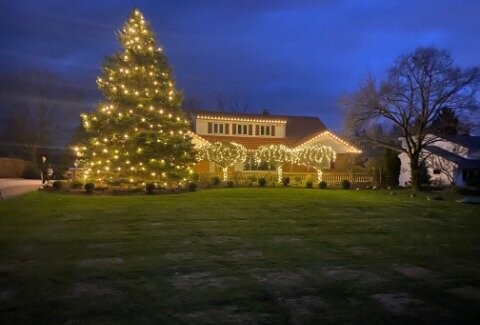

While you’re in Cleveland, you can check out the holiday decorations and take a holiday walking tour. Starting on December 1st, the city will be decked out for the holidays. You can also find concerts and displays in the area. You have many options to decorate your home for the Holiday season.
Holiday walking tours
There are many choices to choose from, whether you prefer traditional or modern decor. Many hotels decorate their rooms to celebrate the holidays in Cleveland. A holiday-themed hotel in Cleveland is a great way to celebrate the holiday season. Visitors can also visit the nearby Cleveland Art Museum, Cleveland Botanical Garden and Cleveland Museum of Natural History.
The holiday spirit in Cleveland is unbeatable. The city is covered in snow and has a chilly winter climate, but you’ll still find plenty of places to visit and make your spirits soar. You’ll be able to enjoy the most joyous Christmas in Cleveland, regardless of whether you travel by car or scenic route.
The holiday season is a great time to visit Cleveland, including the Cleveland Arcade, which is the city’s first indoor shopping mall. This iconic structure is known for its iconic architecture and will be especially festive during the holidays. The Marriott at Key Center is also nearby and will feature a huge gingerbread display, outdoor holiday lights, and a gingerbread house contest.
Another way to enjoy the holiday spirit in Cleveland is to visit the Holiday Light Shows, which are a must see. The Terminal Tower hosts a light show every night from 4-10 p.m. until January 1. The lights show at the JACK Cleveland Casino and the Tower City also has a giant Christmas tree inside. Downtown is also a good option for holiday fun, with the Cleveland Arcade putting up a twinkling garland and a sparkly Christmas tree.
Holiday displays
If you’re wondering how to decorate home for Christmas in Cleveland Ohio, there are many different ways to go about it. Some people start their decorating around Thanksgiving, others wait until after Thanksgiving, and yet others start decorating early. For example, Astrid Smith and her family began decorating during the first week of November. For a few reasons, they’ve been spending more time at home this year, but they also bought a lot more decorations this year, especially for the outside.
There are many holiday light displays in the Cleveland area, including drive-thru displays. There’s something to suit every budget. Public Square is decorated for Christmas with a huge tree, ice skating rink and thousands of lights. If you are looking for something for everyone, there are many shops that are open year-round. Don’t forget the Christmas markets in Cleveland!
Cleveland’s city parks are also beautiful during the holiday season. Visitors can see holiday decorations at the Cleveland Botanical Garden. The gardens are decorated with beautiful trees, making them the perfect backdrop for the holiday season. The Crystal Palace gazebo also houses a huge Christmas tree. Lakeshore Park is a beautiful place to spend the holiday season.
Another great way to celebrate Christmas in Cleveland is to visit the Holiday Lights at Nela Park. This popular display is close to 100 years old. The lights stretch for several blocks along Noble Road and include hot air balloons, reindeer, snowmen, and a replica of the National Christmas Tree. The show will remain open for the entire holiday season until 2022.
An area of the city has a popular display that features more than 10,000 lights. This display is a mile and a half long and will feature a dozen large artificial and real trees. The two largest trees are 35 feet tall, and there’s also a fifty-foot tree of lights in the front yard. The yard also contains many handmade items and a 12-foot snowman.
The light display is free and runs every night. It features thousands of lights, hundreds upon hundreds of blow-molds and a Nativity scene. Inflatables and wood cutouts are also included. The show will run from Thanksgiving to January 6, 2022. The schedule is 5:30p-11:30p on Thanksgiving and Friday, and 5:30p-11:30p on Saturday.
Holiday concerts
If you’re wondering how to decorate your home for Christmas in Cleveland Ohio, you’ve come to the right place. There are several companies in the area that offer services that will make the holidays less stressful. These companies are staffed by professionals who are experienced in creating holiday displays. In addition to home decor, some companies offer Christmas light installation services.
Chardon, located 40 minutes east from downtown Cleveland, puts on a holiday show like no other. The holiday season begins with a special lighting ceremony. Hot chocolate is served, as well as a performance by Santa and Mrs. Claus. There are also several holiday events and festivities organized by the Downtown Chardon Chamber of Commerce.
A trip to the Cleveland Metroparks Zoo with children is a great choice for a family outing. This enchanting holiday attraction will transform into a winter wonderland with more than a million lights and holiday-themed displays. Children can also enjoy special events, such as photo opportunities with Santa Claus and live musical performances. The Zoo will also host drive-through and walk-through experiences.
Nela Park’s GE Lighting is a family favourite. It boasts nearly a million LED lights, a giant tree, snowmen and Santa’s reindeer. A replica of the National Christmas Tree is also available, which will be up until 2022.
Hi there! I’m Kate, the author of The Pretty Party Shoppe. When I’m not busy blogging about everything party, you can find me throwing a shindig or two myself. I believe every event should be uniquely beautiful and reflect the personality and style of the hostess.
So whether you’re throwing a bridal shower, baby shower, housewarming party, birthday party, or any other kind of celebration, The Pretty Party Shoppe has got you covered!
-

 Decorations2 weeks ago
Decorations2 weeks ago50th Birthday Party Ideas For a Woman
-

 Decorations2 weeks ago
Decorations2 weeks agoModern Outer Space Birthday Party
-
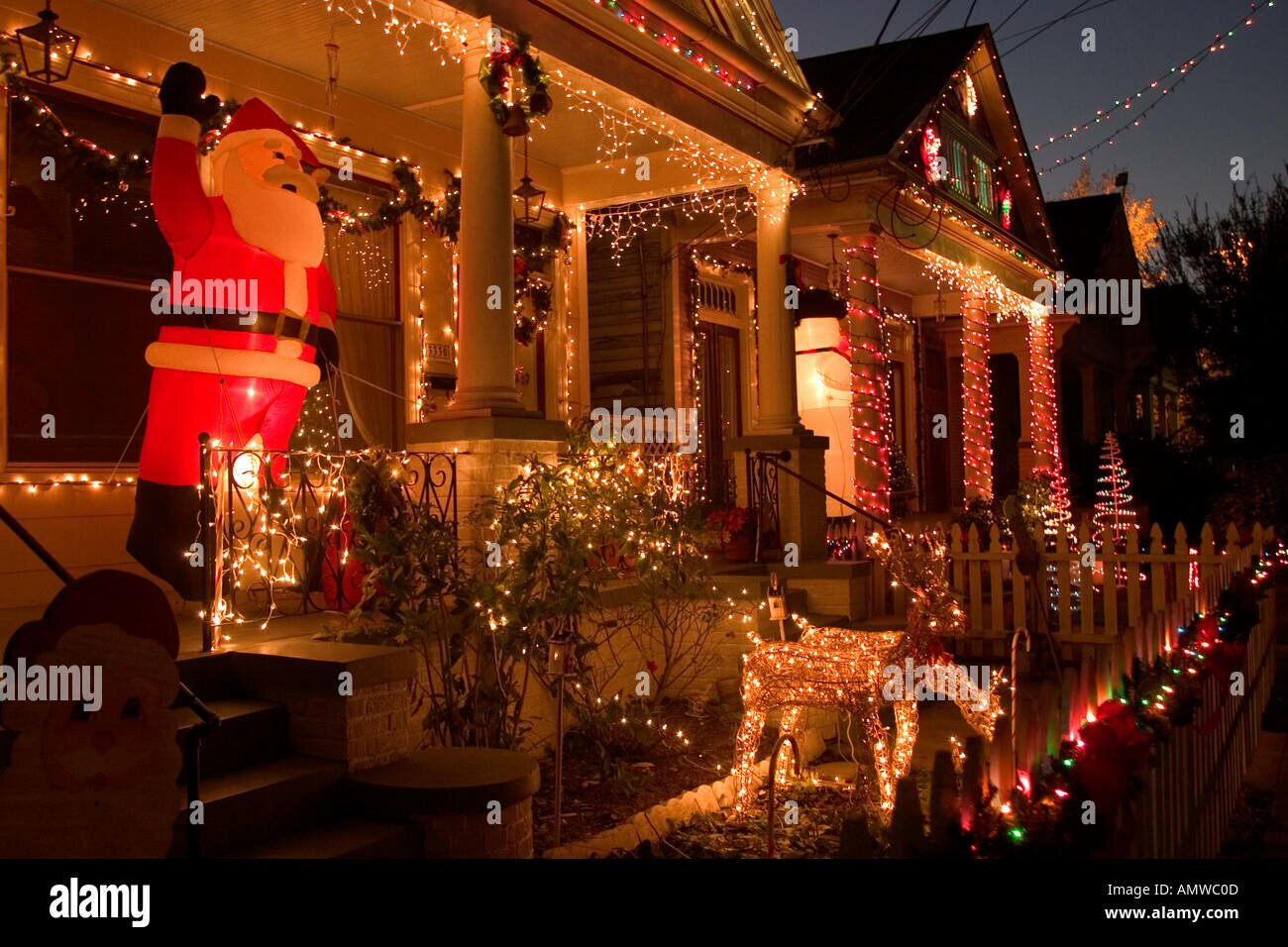
 Decorations2 weeks ago
Decorations2 weeks agoHow to Decorate Home For Christmas in New Orleans Louisiana
-
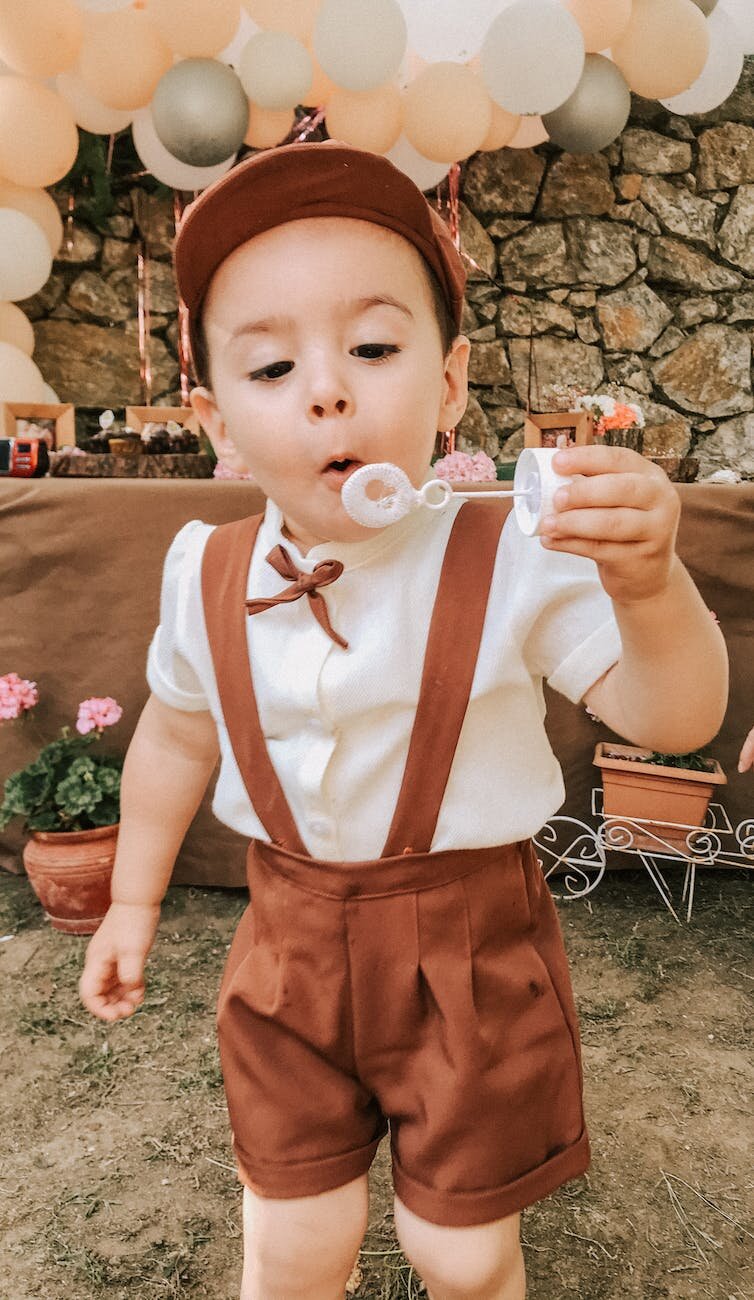
 Party Themes2 weeks ago
Party Themes2 weeks agoWhy Is Party Theming So Important, & How To Make It Happen
-

 Decorations2 weeks ago
Decorations2 weeks agoHow to Decorate Home For Christmas in Arlington Texas
-

 Decorations2 weeks ago
Decorations2 weeks agoHow to Decorate Home For Christmas in Wichita Kansas
-

 Birthday2 weeks ago
Birthday2 weeks agoHow to Throw a Mermaid Birthday Party
-

 Party Ideas2 weeks ago
Party Ideas2 weeks agoHow to Choose the Perfect Party Favors

